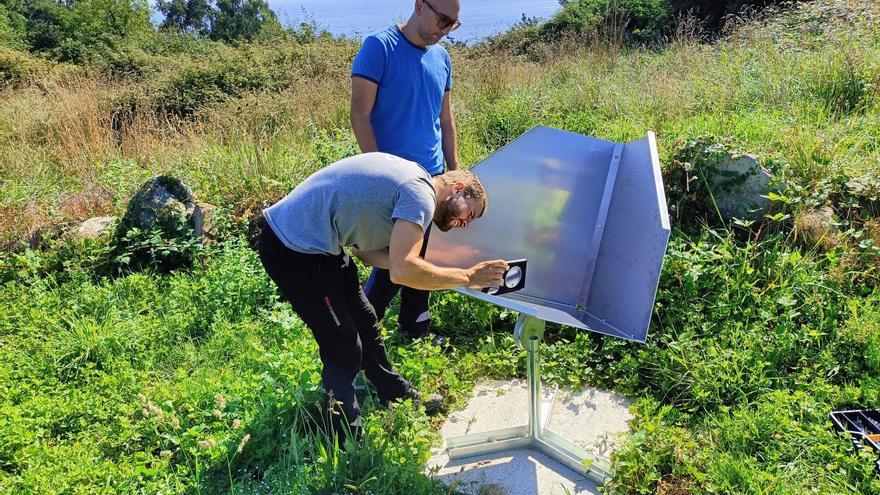The alarms went off five years ago. The collapse of part of the Alfaro cider factory, in Tazón, forced the family of Fátima Tomé da Silva, who was in charge of the factory at the time, to evacuate the factory. The vein running through the land closest to the coast had progressed rapidly in recent weeks, finally reaching the property, which remains empty to this day. The incident caused a huge uproar in the area. Will the Bulls be in danger?
Research conducted by the University of Oviedo has since made it possible to verify that although the Argayo River maintains a continuous movement, it is concentrated towards the coast. “It does not endanger the city,” geologist María José Dominguez said recently in a talk in the Diocese of Malays. “There is a point that rose fourteen meters in one month. He explained that the good news is that the upper area, the lighthouse and the road are stable.
Despite this stability, the university is still closely monitoring the developments of this displacement, which intensifies, especially during the rainy seasons. The researchers carry out topographic measurements monthly, although a year ago they decided to launch a reflective marking pilot project in cooperation with GEA Geological Consulting. Using the A-DinSAR satellite’s synthetic aperture radar, they can monitor the terrain remotely.
The process is simple. “We are using a satellite that fires a radar signal against the Earth, which on its return provides information about the x, y and z coordinates of a series of points. What is new in this project? So far this type of system has worked very well On flat terrain, in areas where there are buildings for example, but in open fields he had more difficulty detecting these points. “What we have done is to install a series of fixed markers that can be easily detected by a satellite,” explains Felix Mateus, Ph.D. in Geological Sciences and Director of the Research, Development and Innovation Area.
In all, they installed fifteen angles, allowing them to obtain detailed information about the terrain every twelve days. “We can detect millimeter movements. We know not only whether it will sink, but also in which direction. Some basic data for precise control of the chip and the ability to act quickly if necessary. Not only that, since it is a pilot test, the company has a research area Perfect in Tazones. “For example, there are two corners that are currently down because the cows threw them at us. This also allows us to know whether or not we are losing information at a certain moment, when we run out of point.
“It is the first time we have used this technology in such a wide area, and our idea is to be able to monitor the area for at least another 3 to 5 years. Ultimately we are talking about a very large landslide that could become a problem in the future”.





